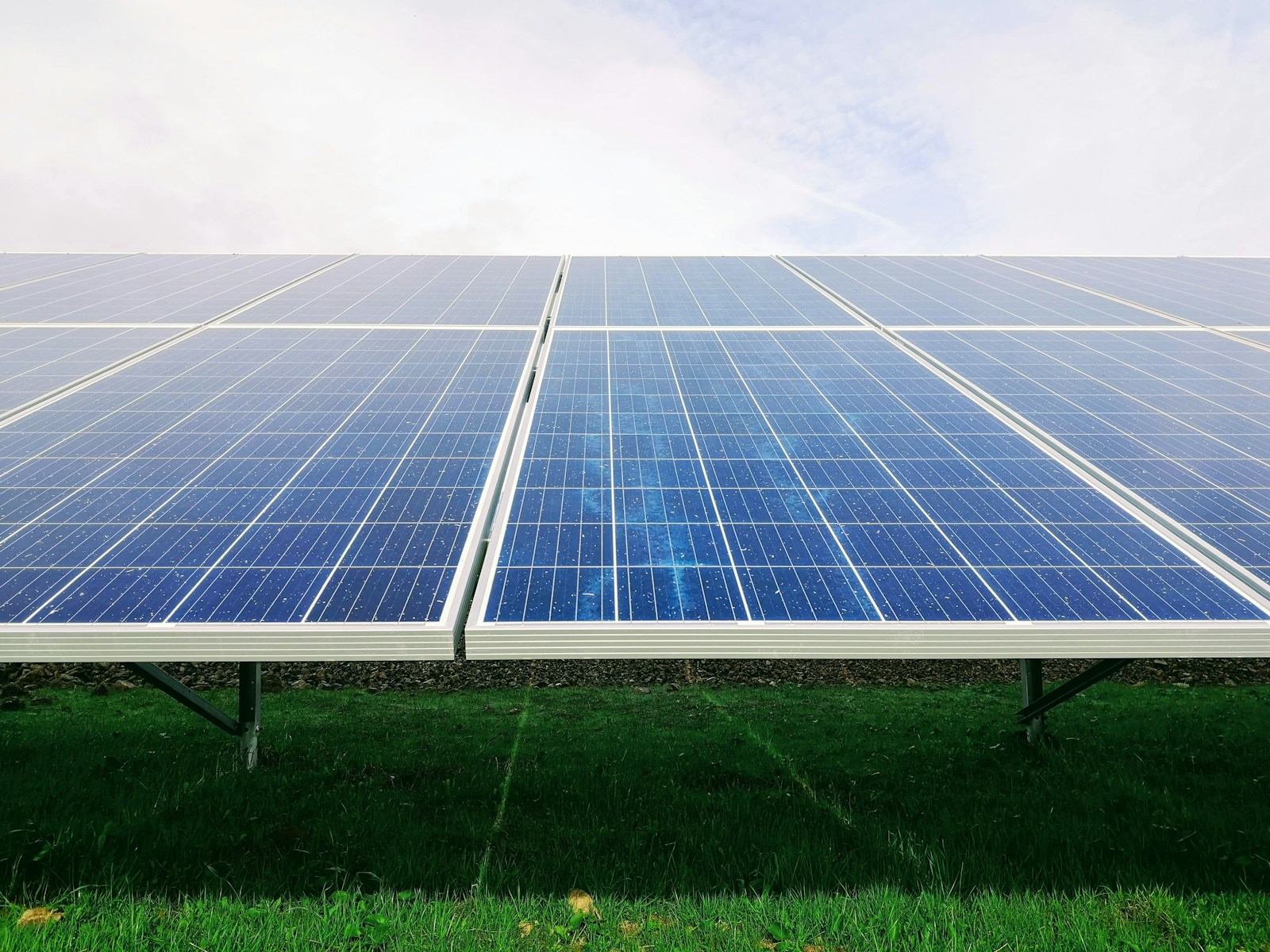A South Korean research team has developed self-charging supercapacitors combined with solar cells, achieving 63% energy storage efficiency and opening new horizons for sustainable energy solutions.
Key Points at a Glance
- Researchers have combined supercapacitors with solar cells, achieving 63% energy storage efficiency and 5.17% overall system efficiency.
- Transition metal-based materials significantly enhance energy density and power density.
- The system offers high stability, with minimal degradation over repeated cycles.
- This breakthrough paves the way for real-time solar energy storage and utilization.
In a groundbreaking advancement for sustainable energy technology, researchers from DGIST (Daegu Gyeongbuk Institute of Science and Technology) and Kyungpook National University in South Korea have developed a high-performance self-charging energy storage device. By combining supercapacitors with solar cells, the team achieved an impressive energy storage efficiency of 63% and an overall system efficiency of 5.17%, signaling a potential revolution in how solar energy is captured and used.
Redefining Energy Storage
The researchers utilized transition metal-based electrode materials, including nickel-based carbonate and hydroxide composites, enhanced with transition metal ions such as Mn, Co, Cu, Fe, and Zn. These innovations dramatically improved the conductivity, stability, and performance of the supercapacitors, overcoming the limitations of existing energy storage technologies.
The energy density of the new system reached 35.5 Wh kg⁻¹, a remarkable leap from the 5–20 Wh kg⁻¹ range seen in previous studies. Power density also saw a substantial increase, reaching 2555.6 W kg⁻¹, enabling the rapid delivery of energy required for high-power applications.
Longevity and Real-Time Utilization
The device demonstrated exceptional durability, with minimal degradation during repeated charge and discharge cycles, confirming its long-term usability. Furthermore, the integration of silicon solar cells with the supercapacitor system allows for real-time energy storage and immediate use, a feature critical for advancing renewable energy applications.
A Path Toward Commercialization
The research team emphasized the potential for commercialization, with Senior Researcher Jeongmin Kim highlighting the innovation as Korea’s first self-charging energy storage system combining supercapacitors with solar cells. “We have overcome the limitations of energy storage devices and presented a sustainable energy solution,” Kim stated.
Researcher Damin Lee added that further efforts would focus on improving the efficiency and scalability of the device, making it more viable for commercial applications.
Implications for a Carbon-Neutral Future
The self-charging energy storage system could play a vital role in reducing reliance on traditional power grids, providing a sustainable solution for energy storage in remote or off-grid areas. Its high efficiency and durability make it an ideal candidate for various applications, from powering consumer electronics to supporting renewable energy systems.
This breakthrough, supported by DGIST and Kyungpook National University’s initiatives, was published in the journal Energy in December 2024, marking a significant step toward a carbon-neutral and energy-efficient future.
